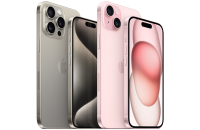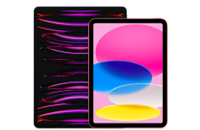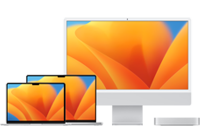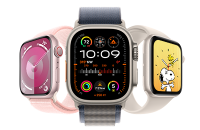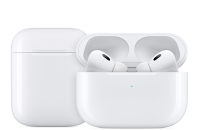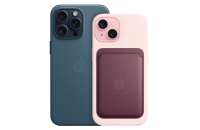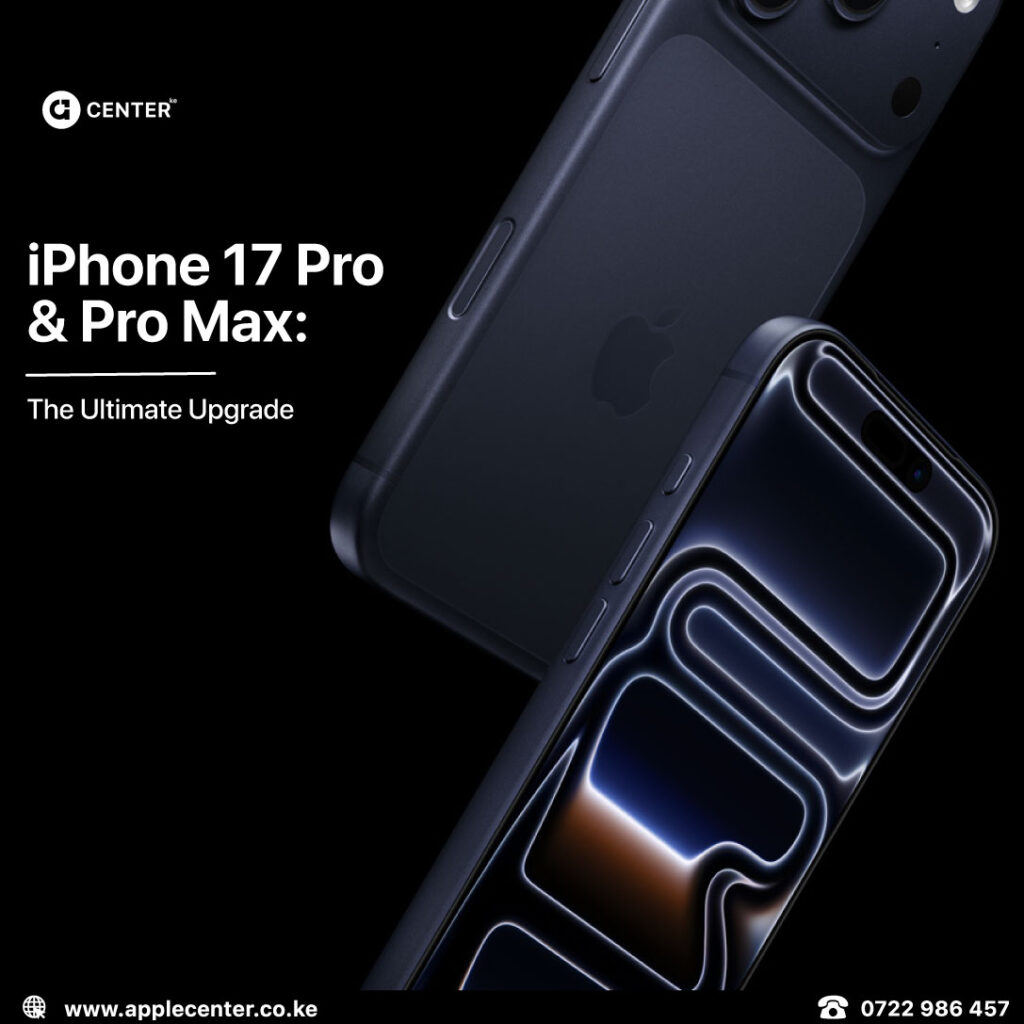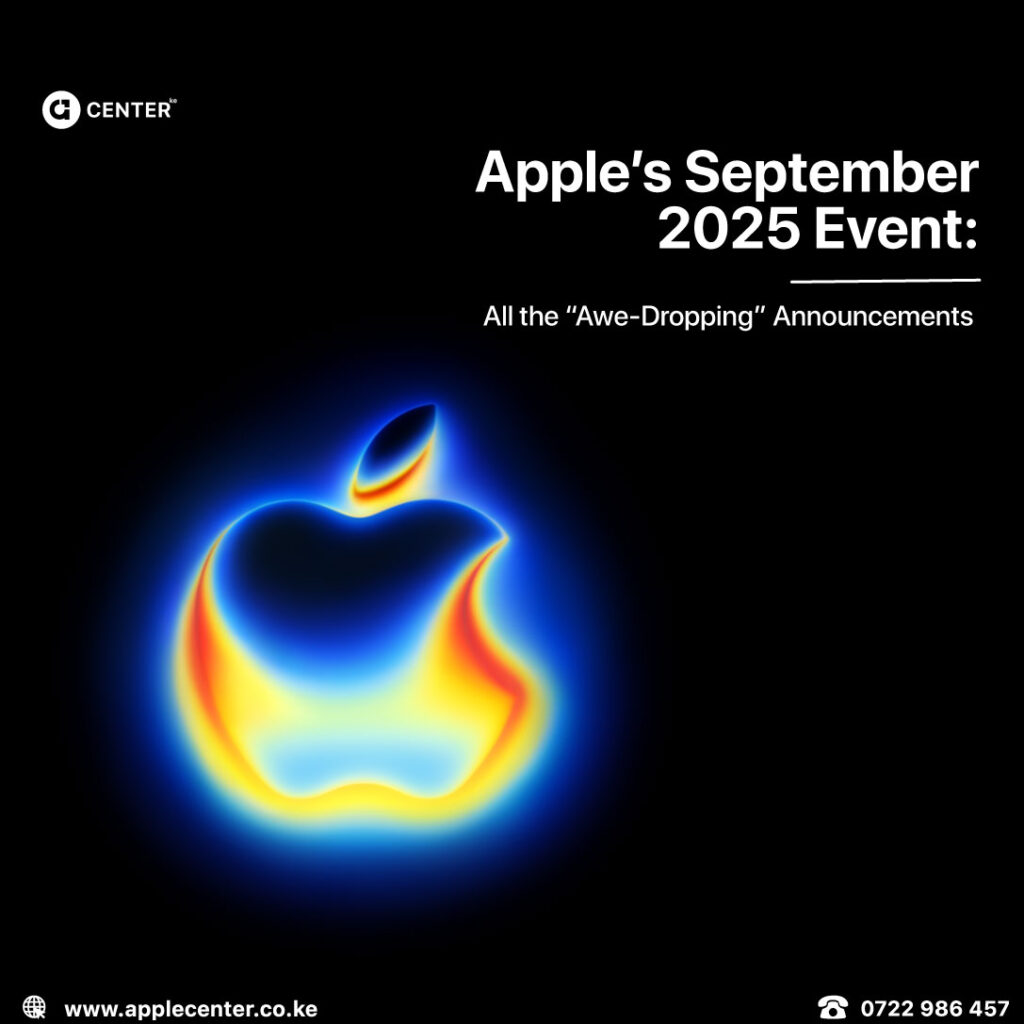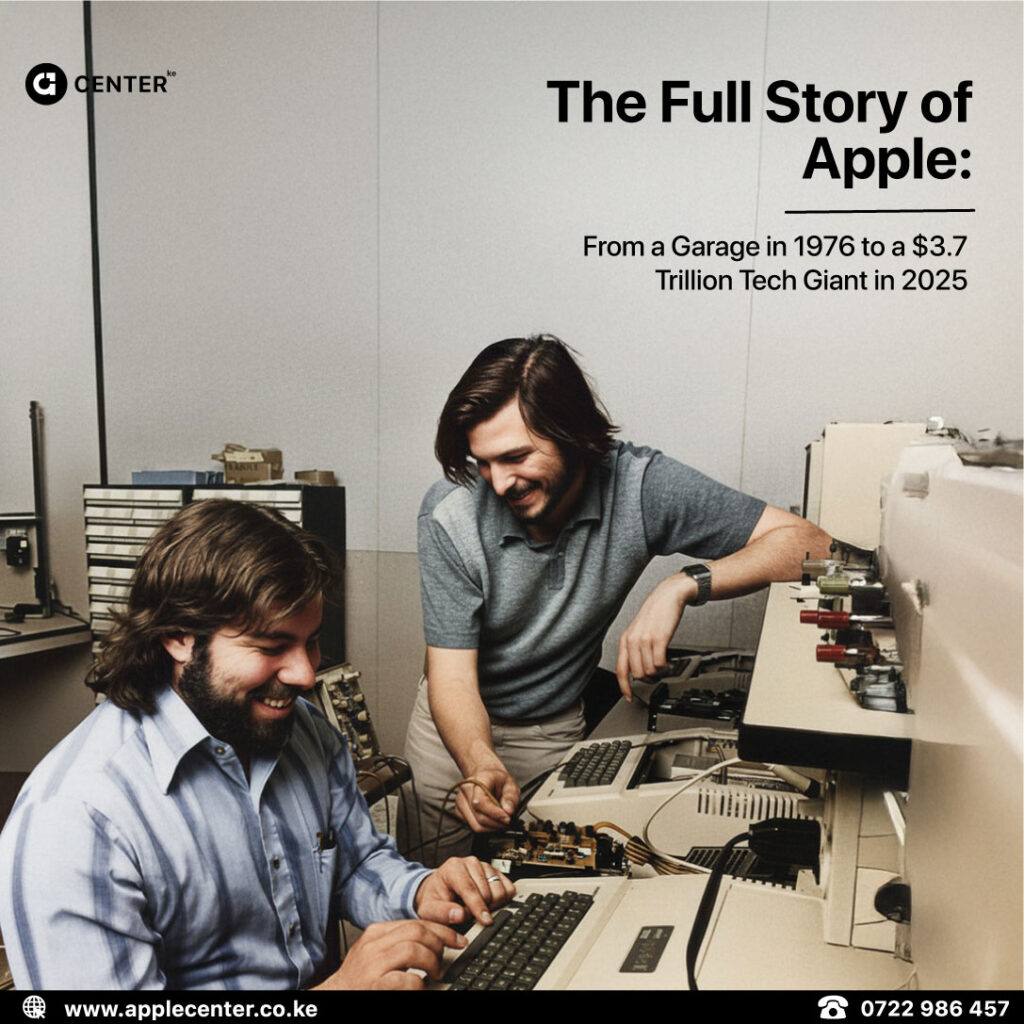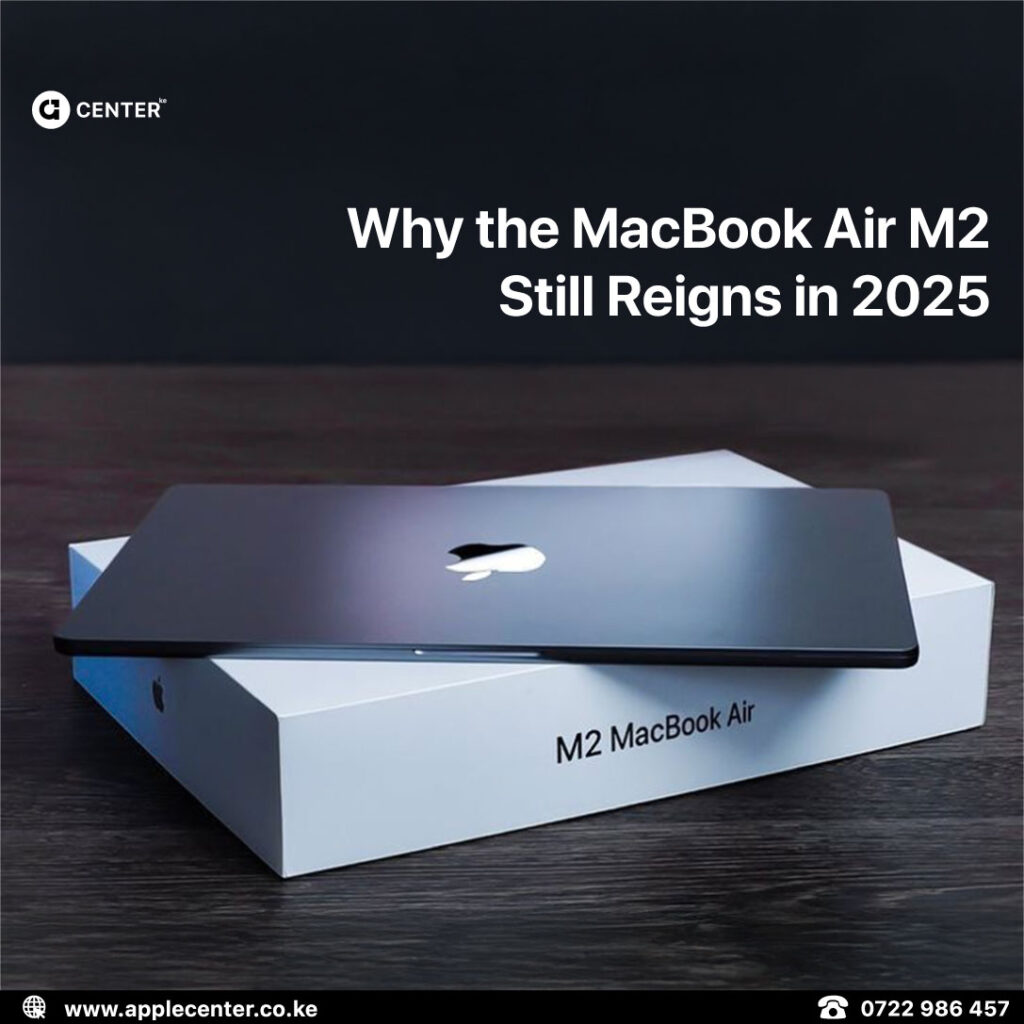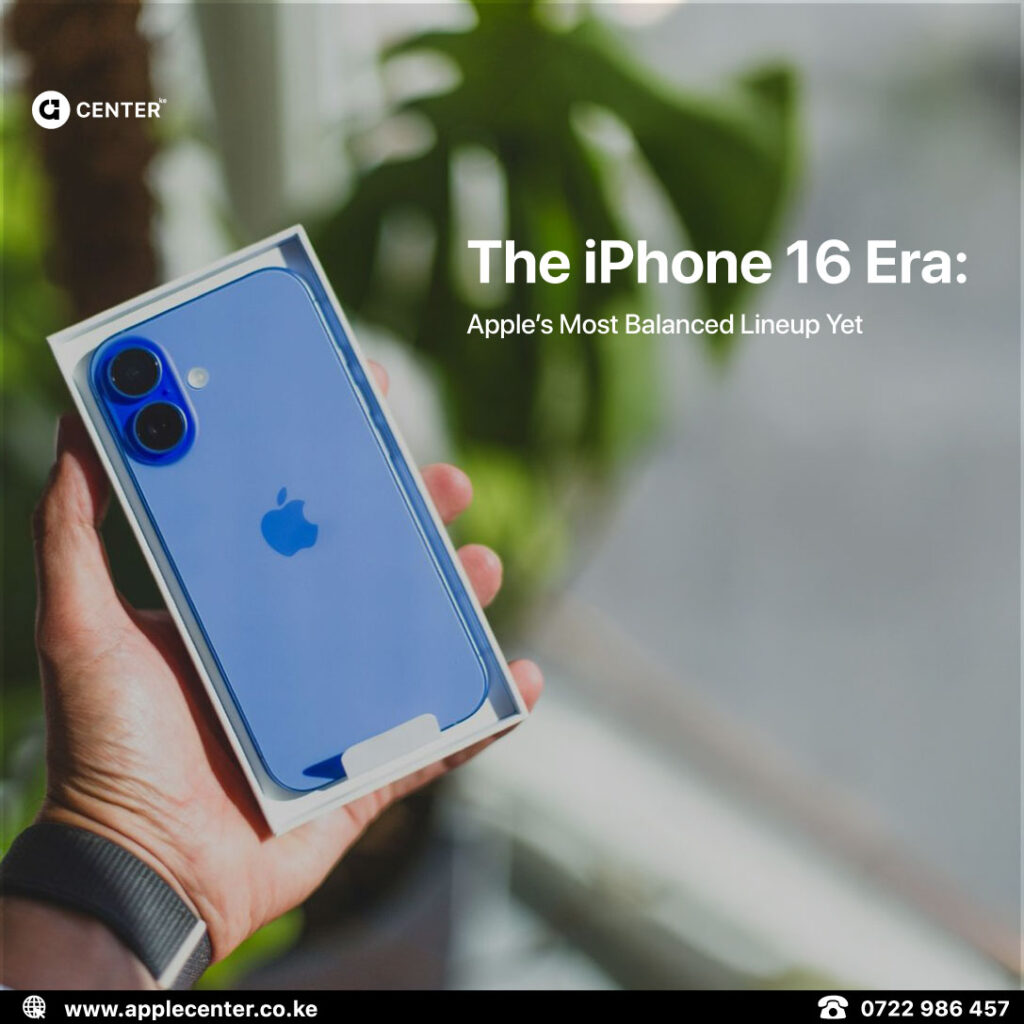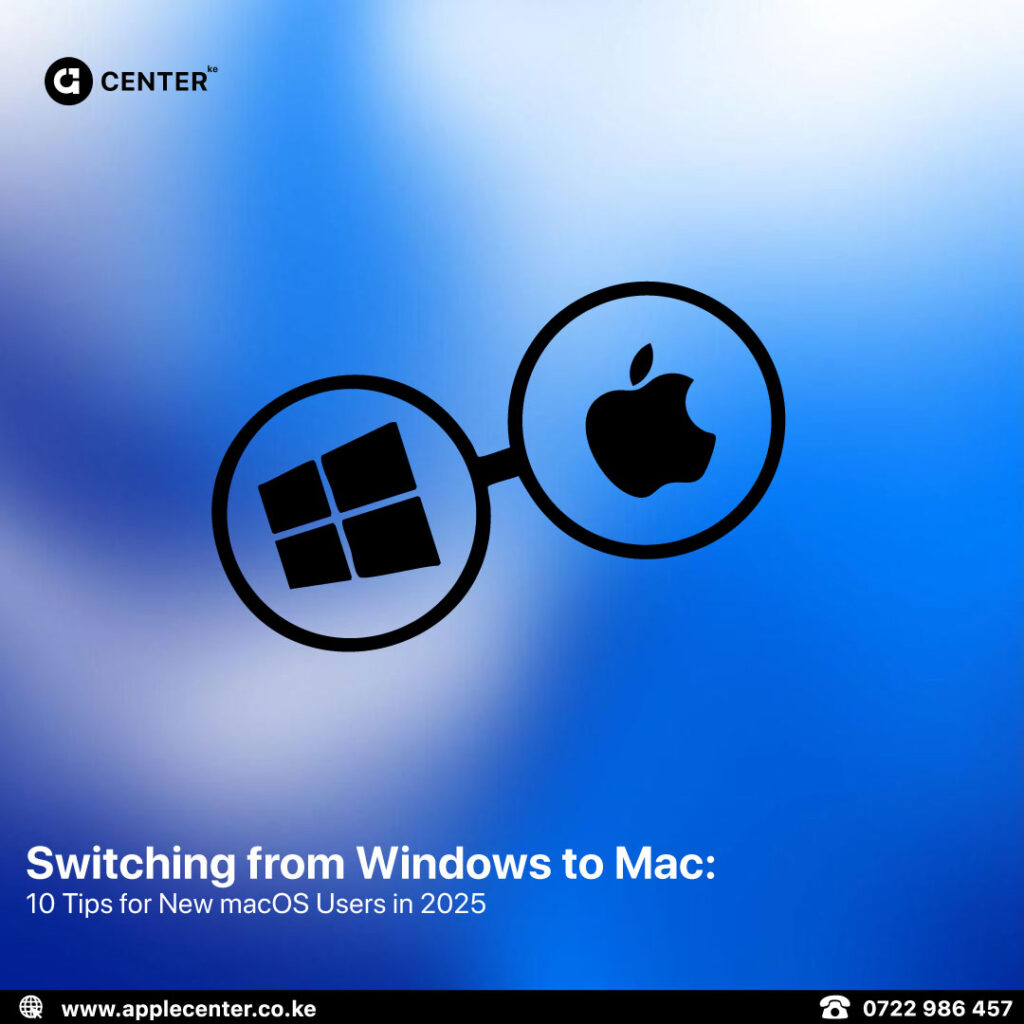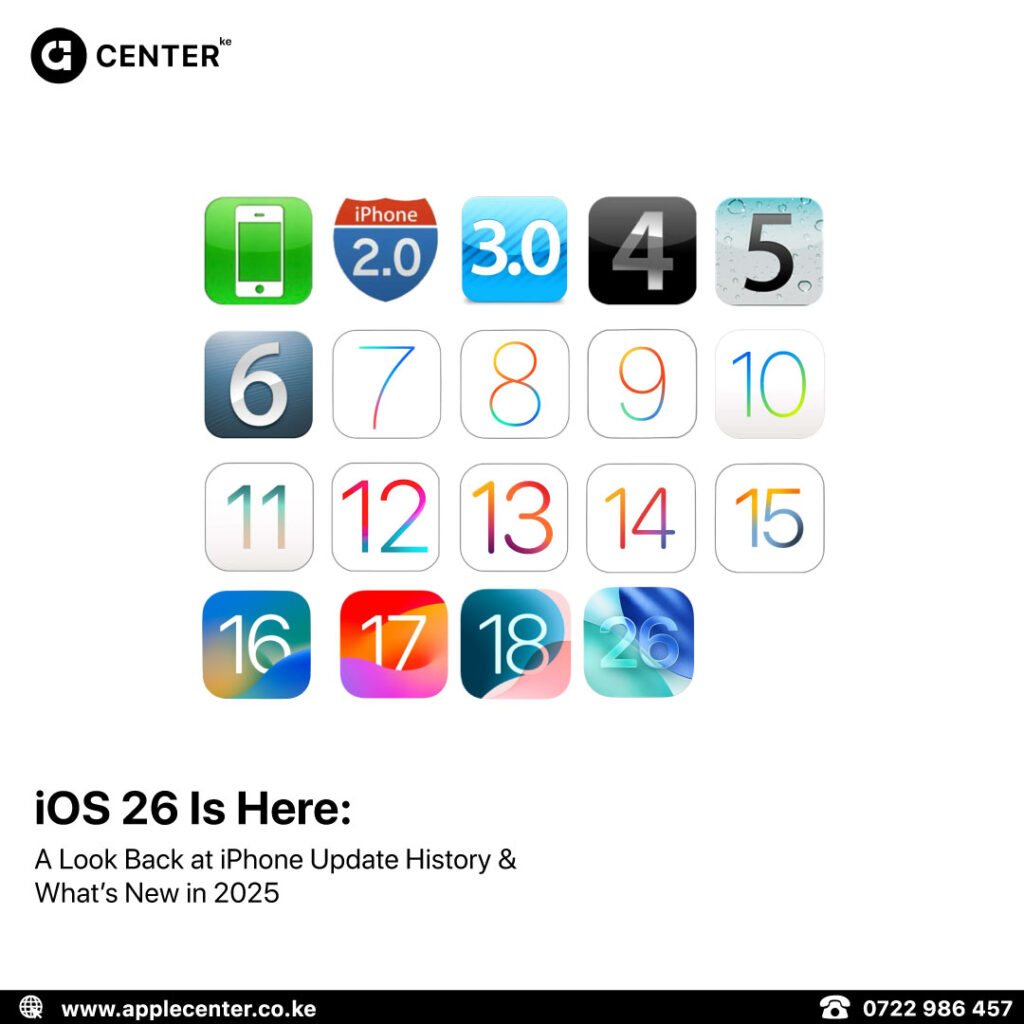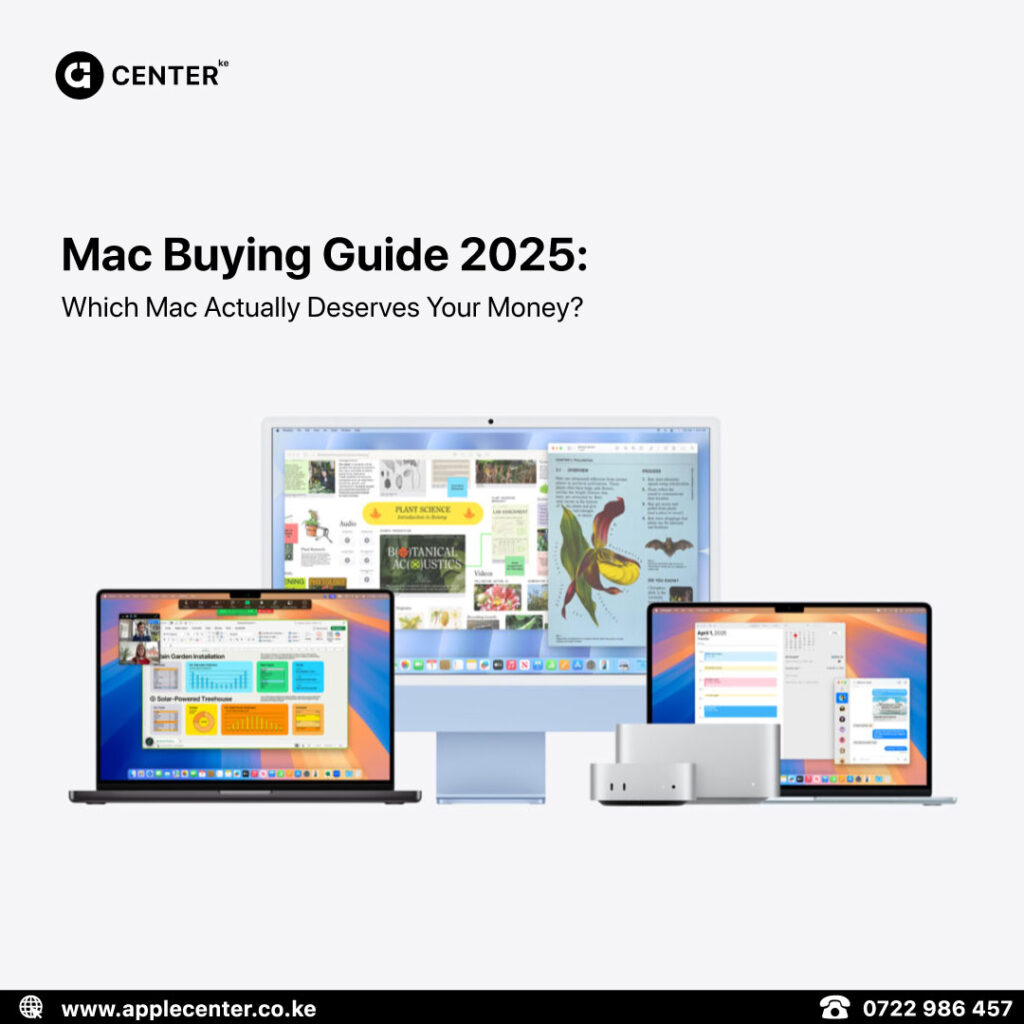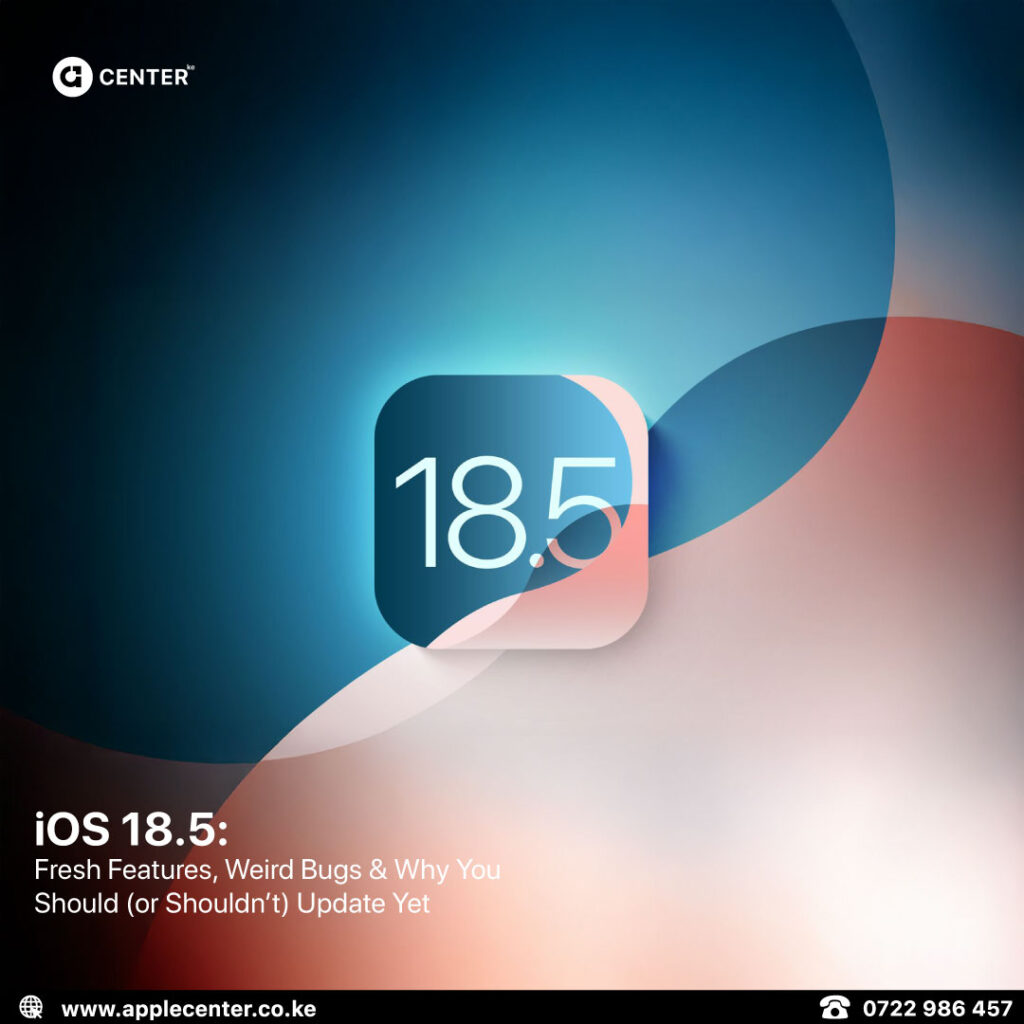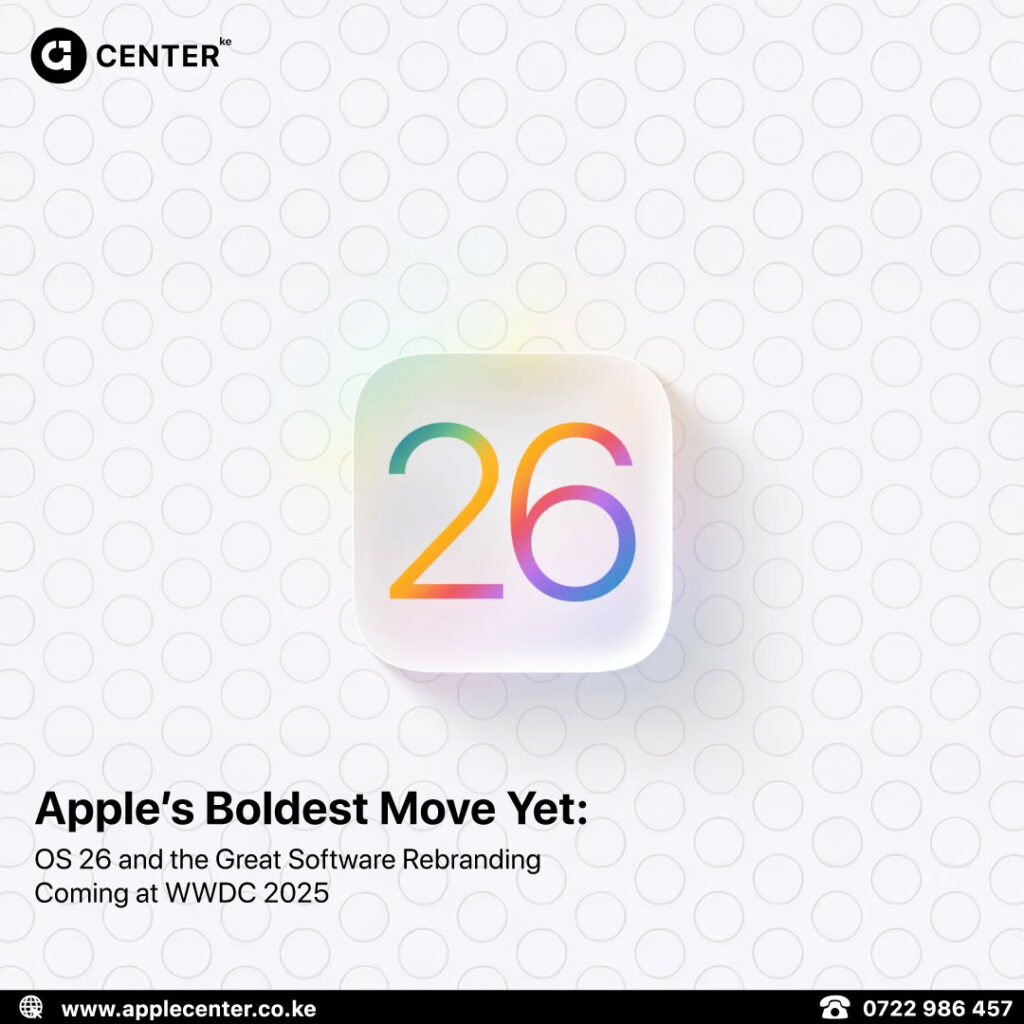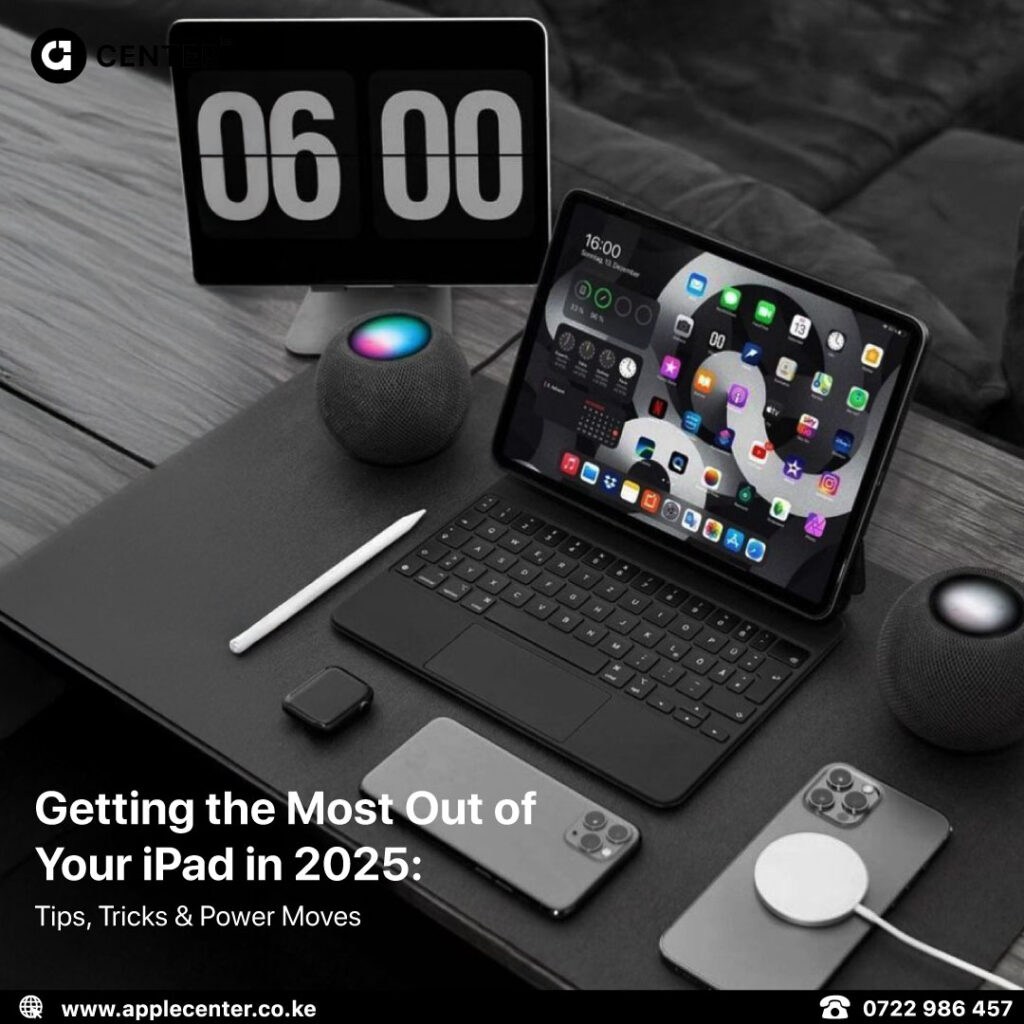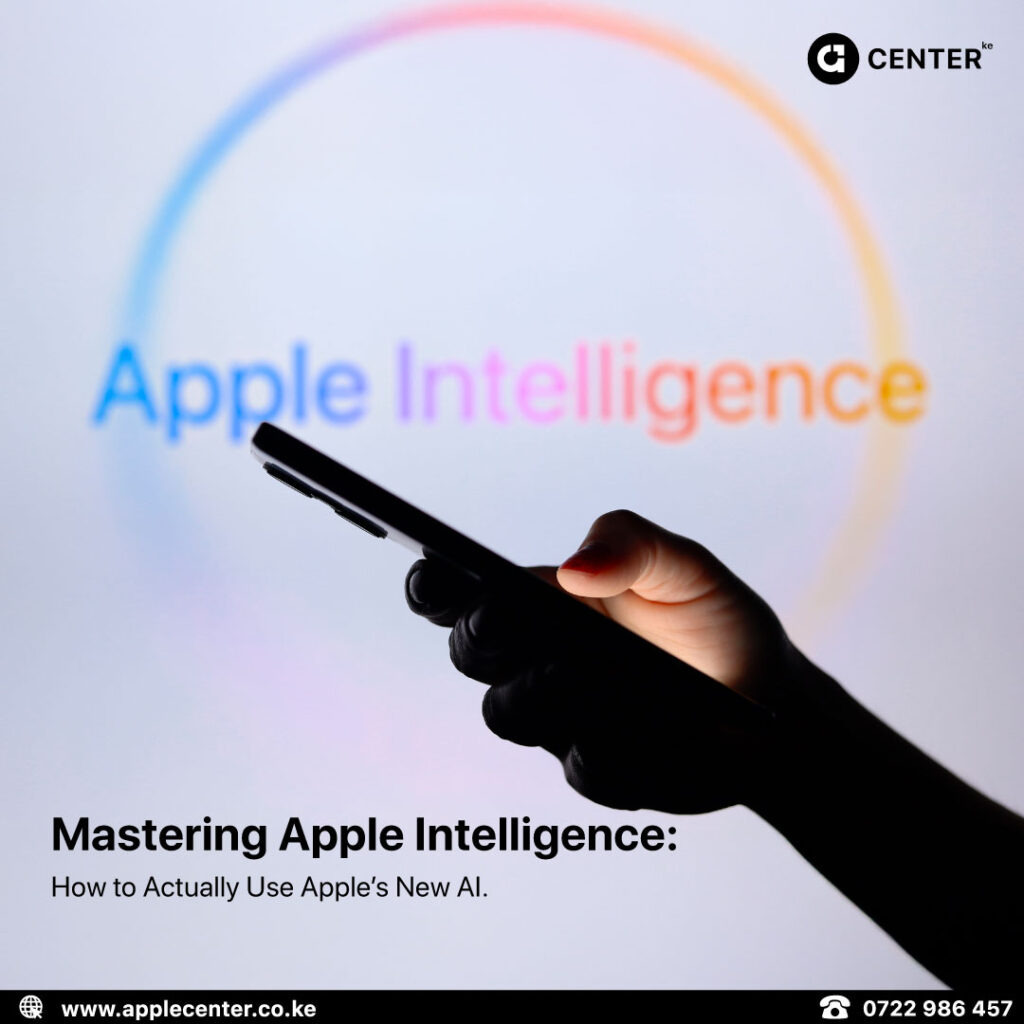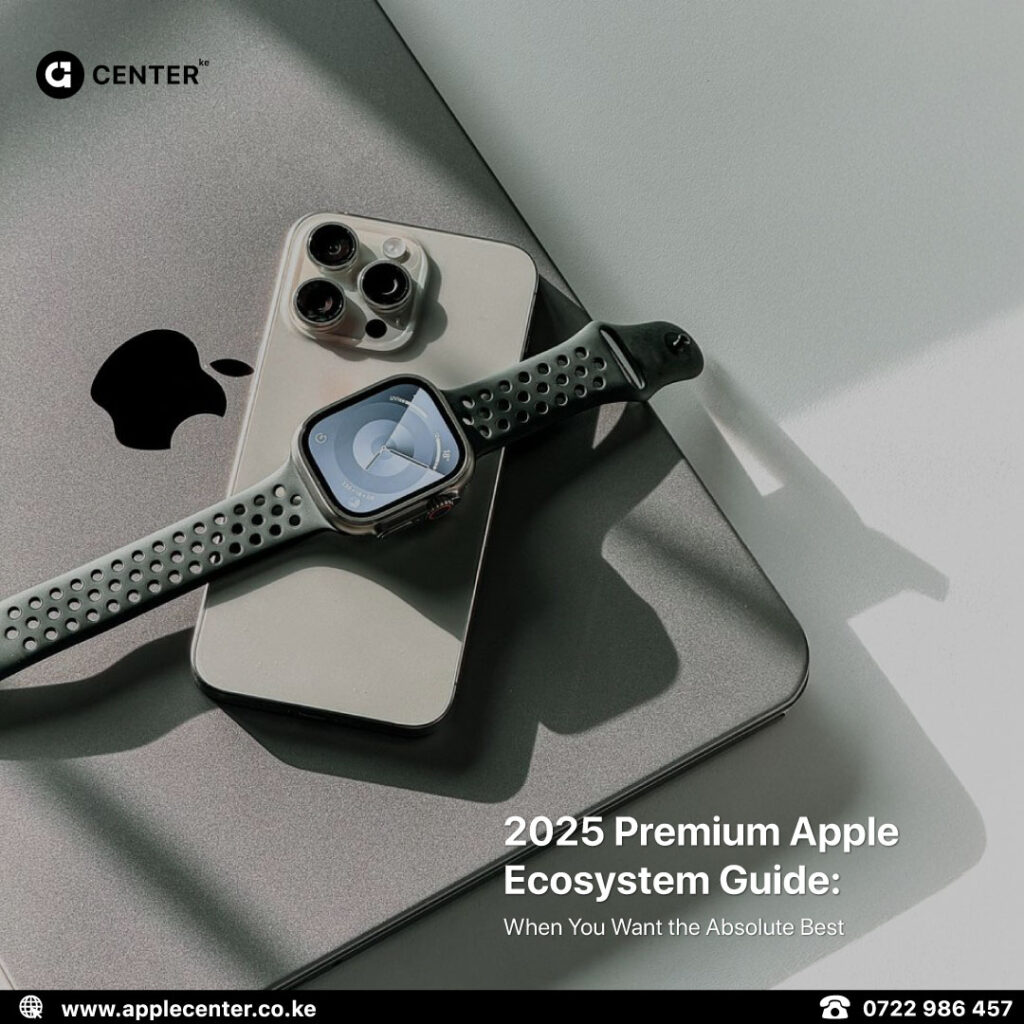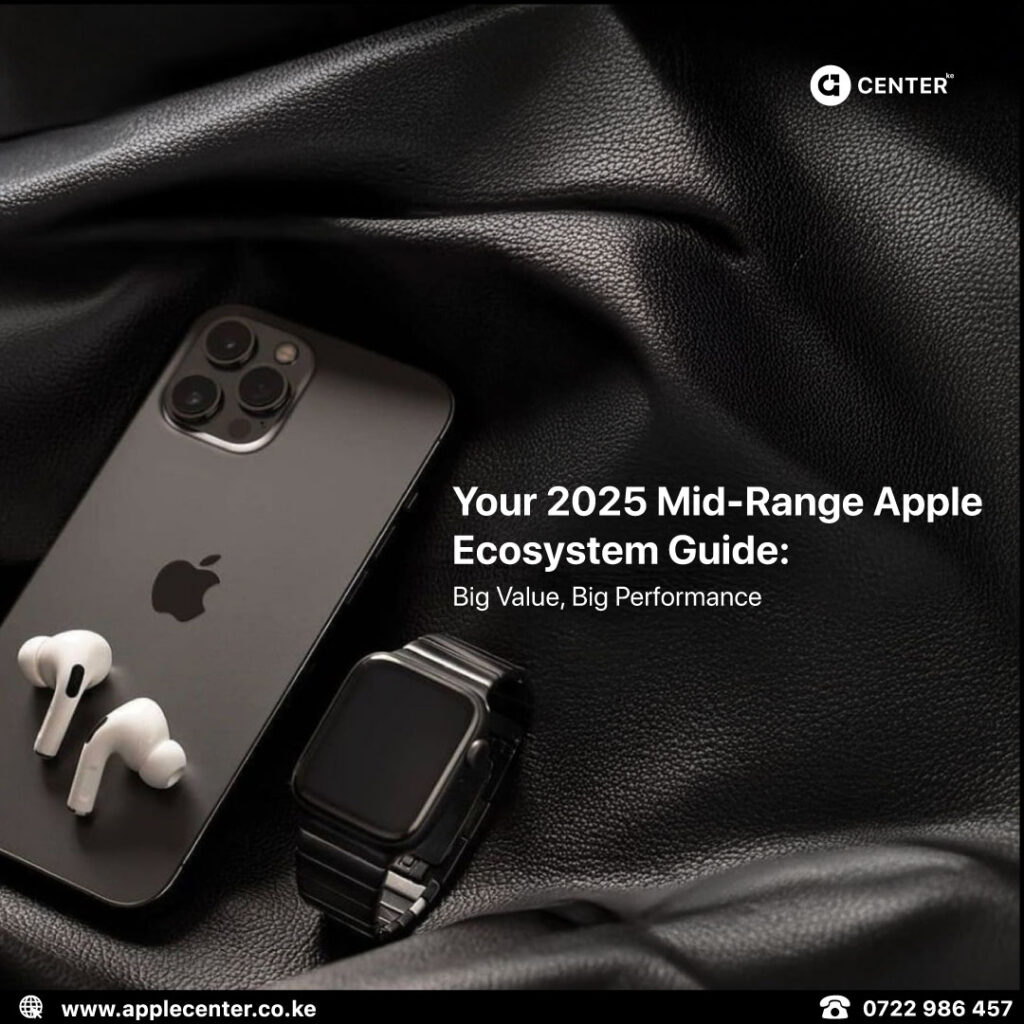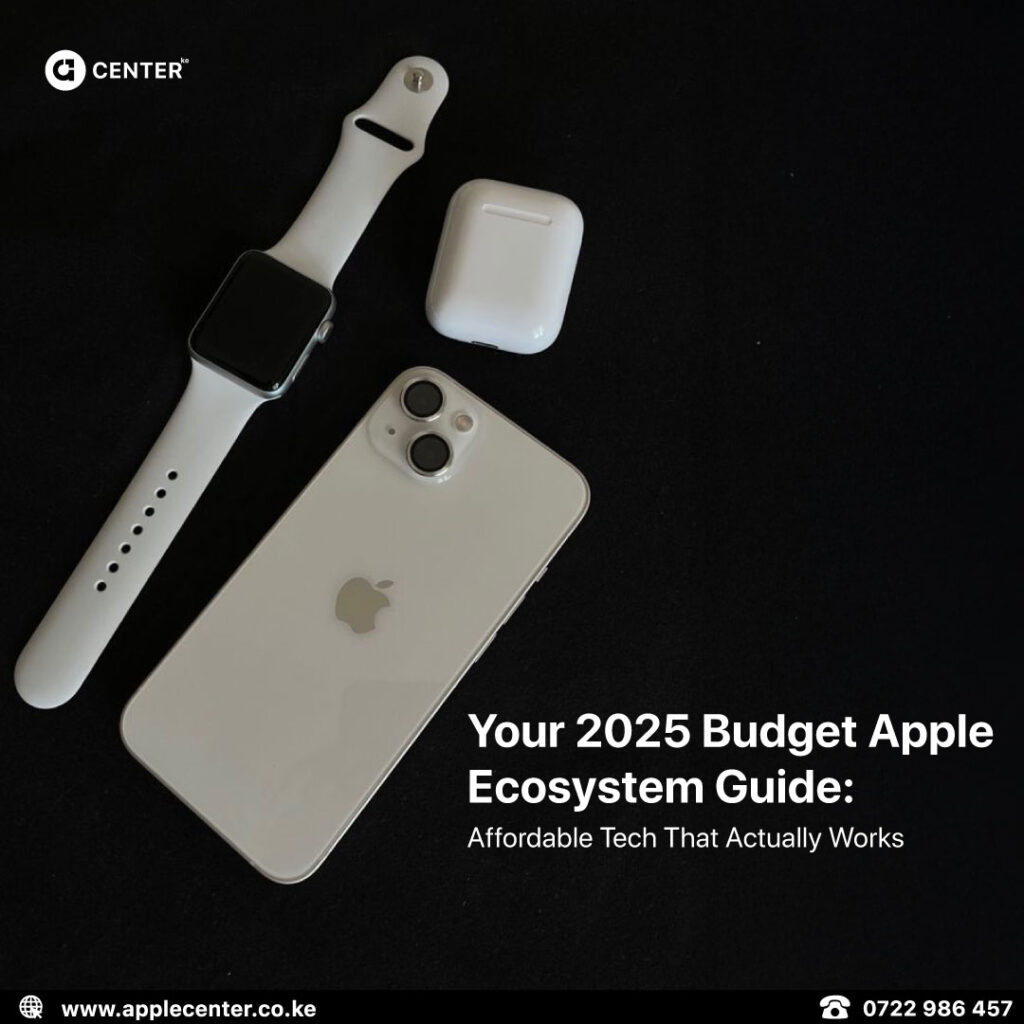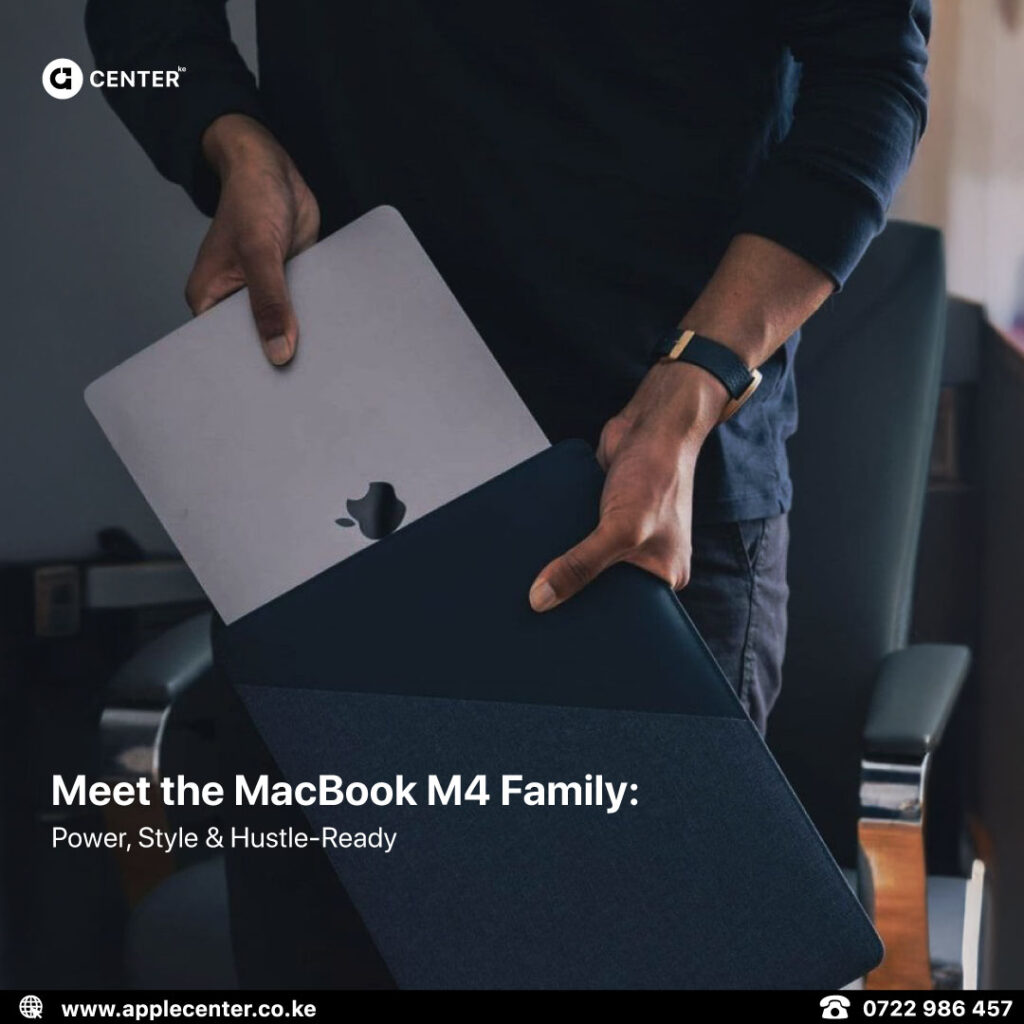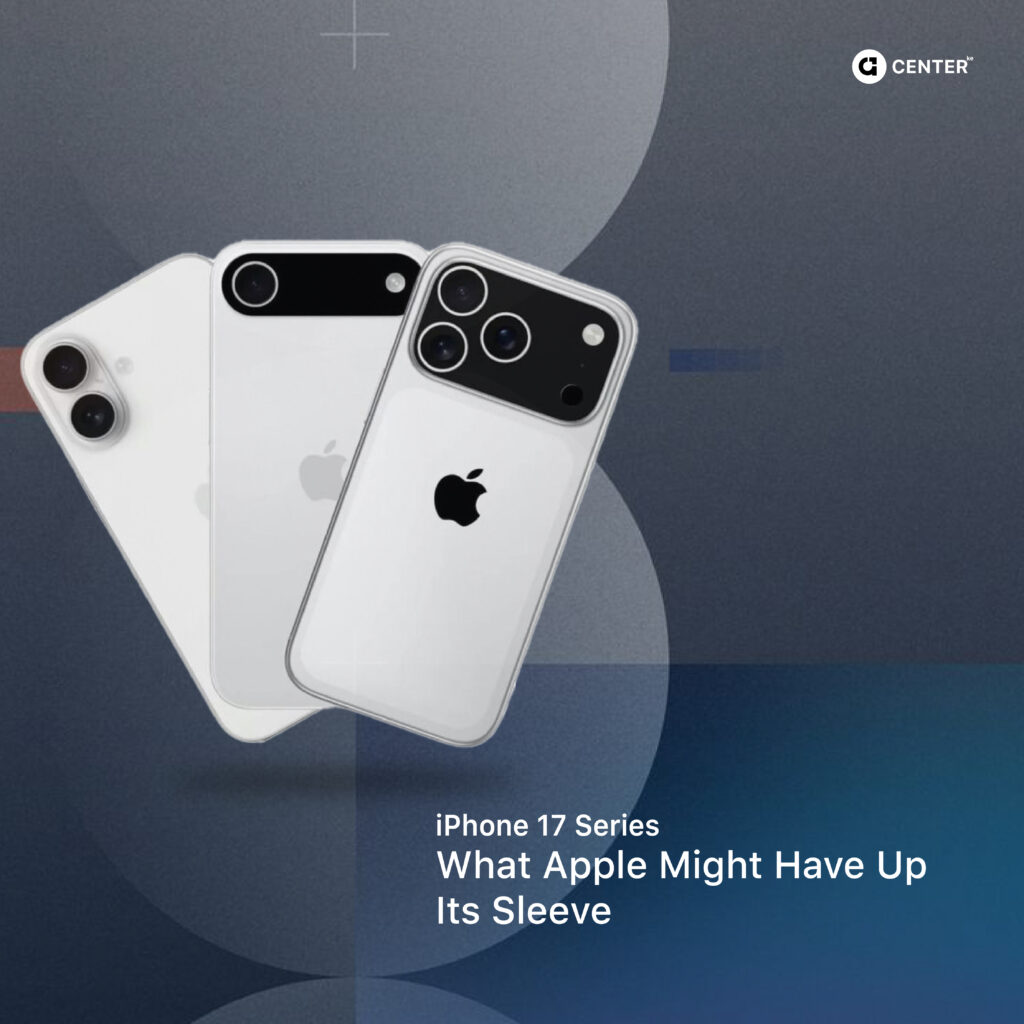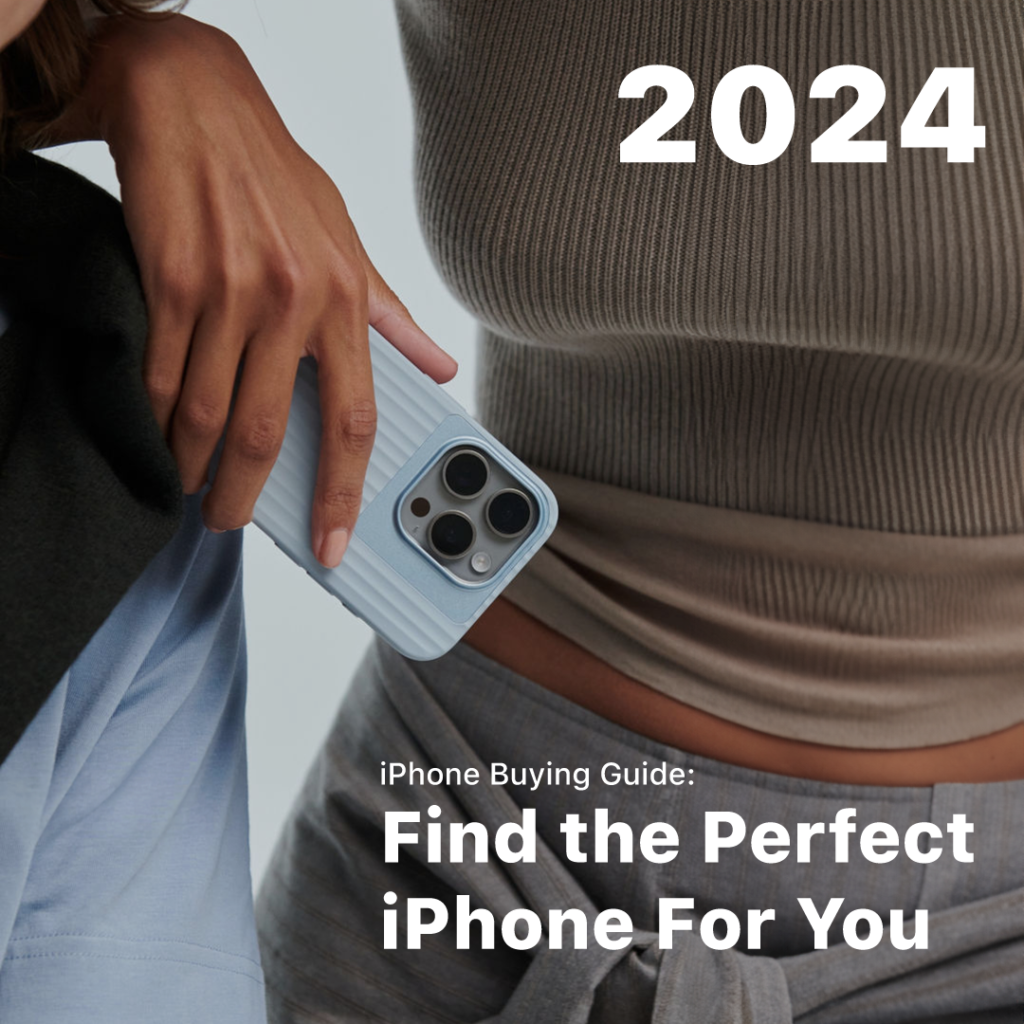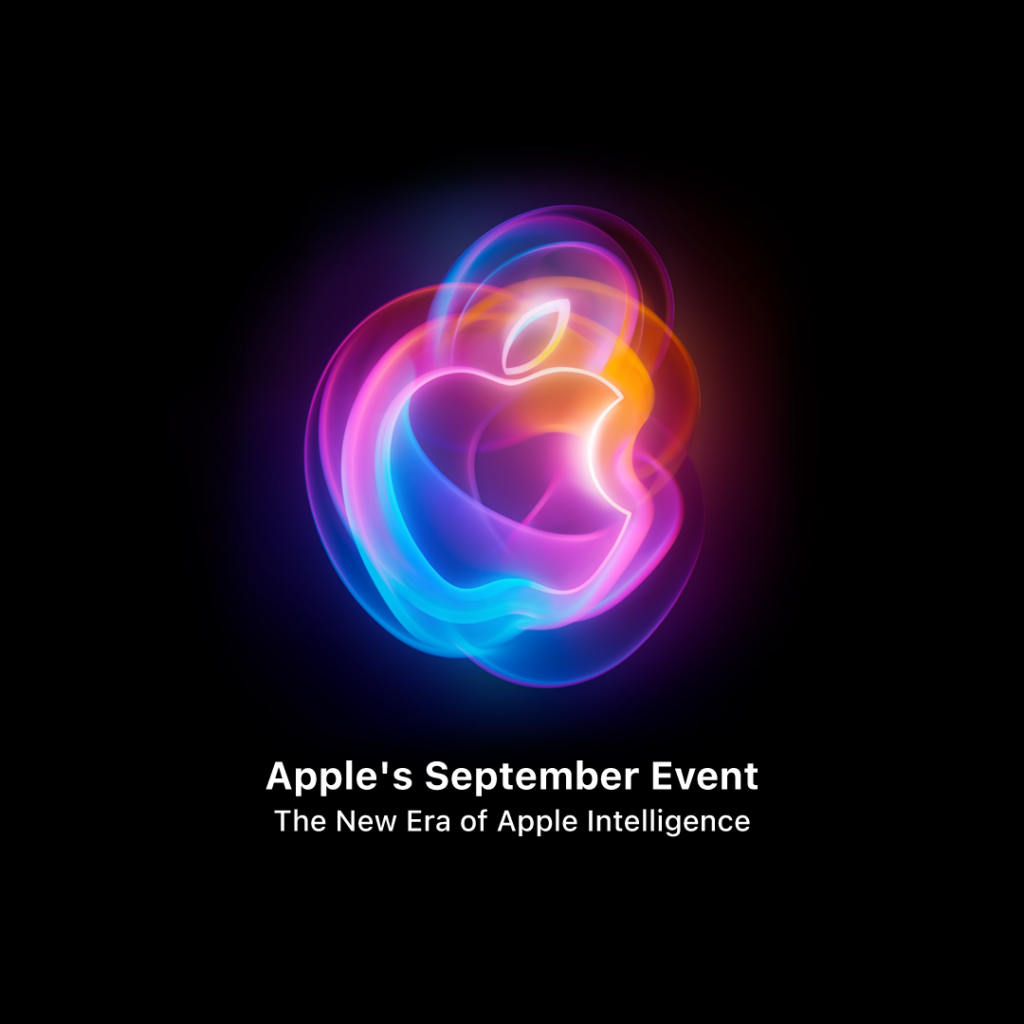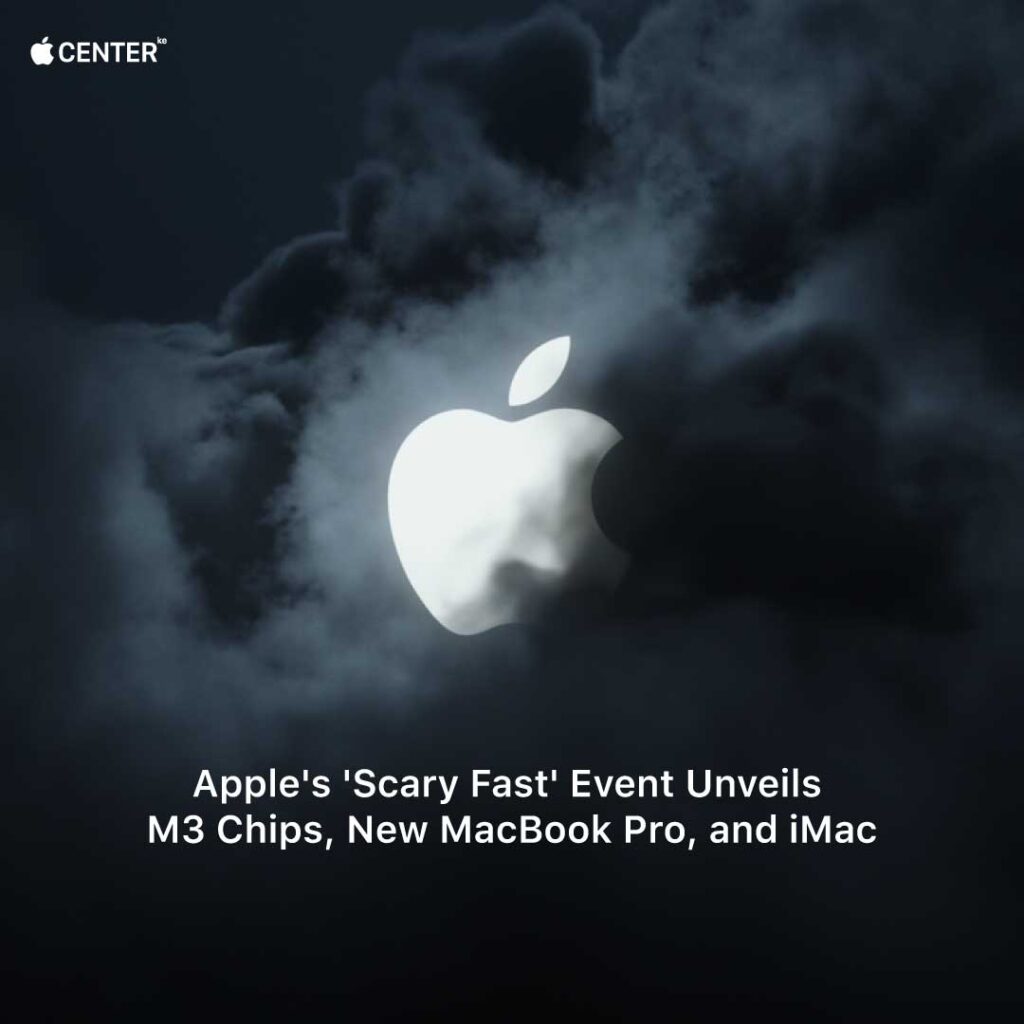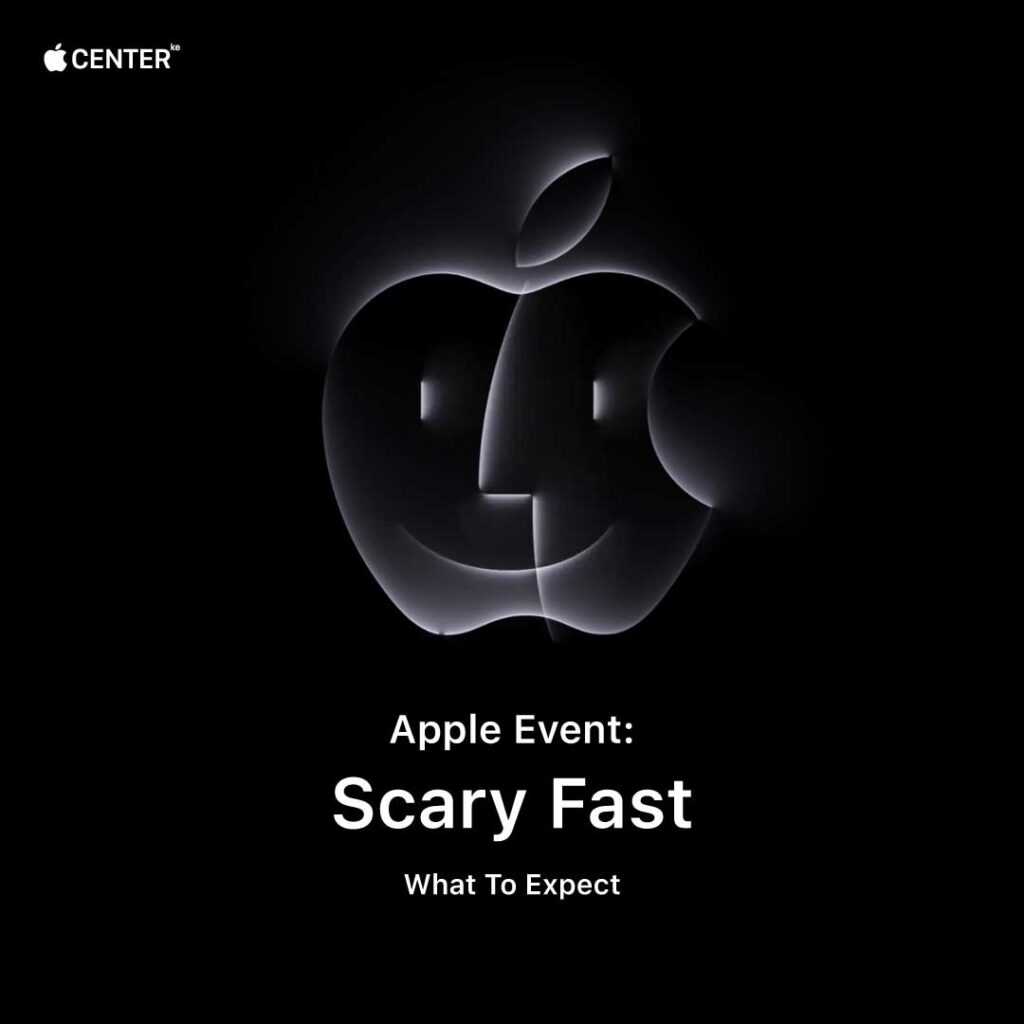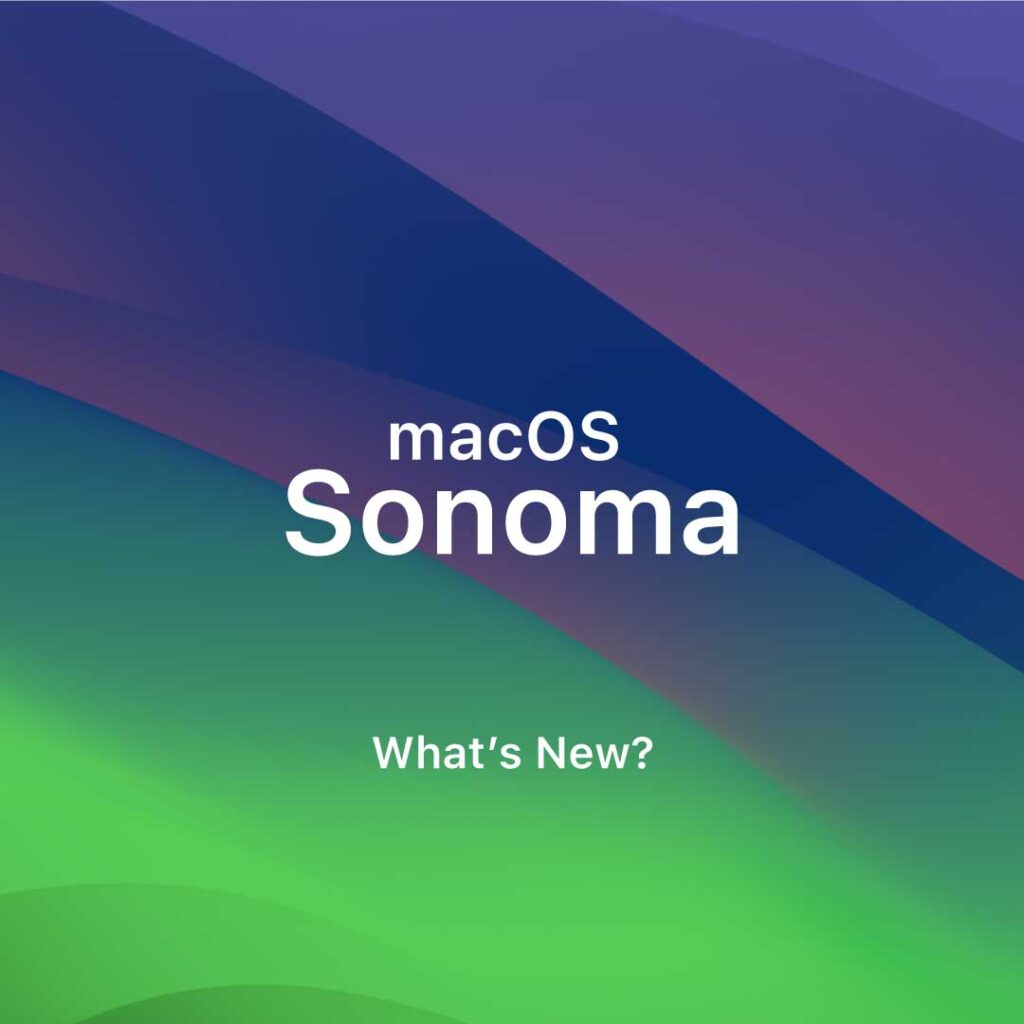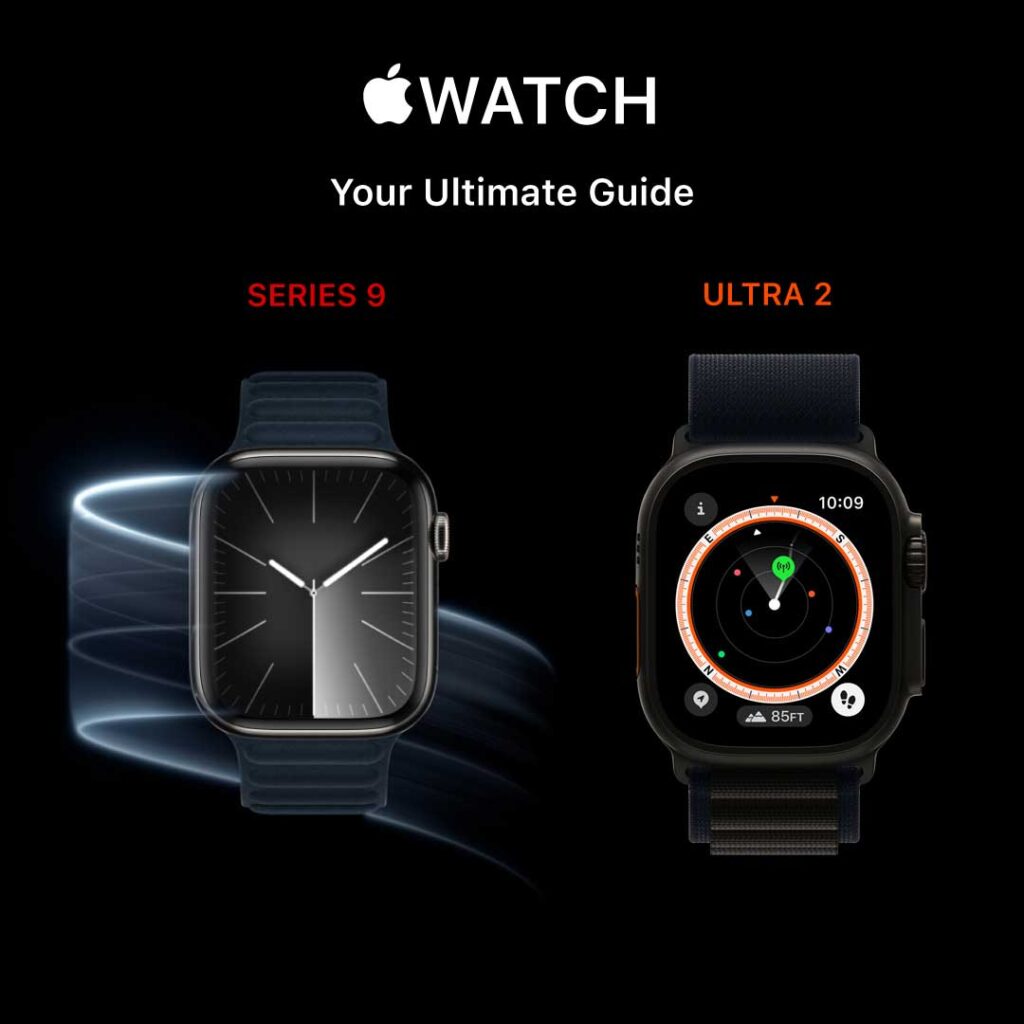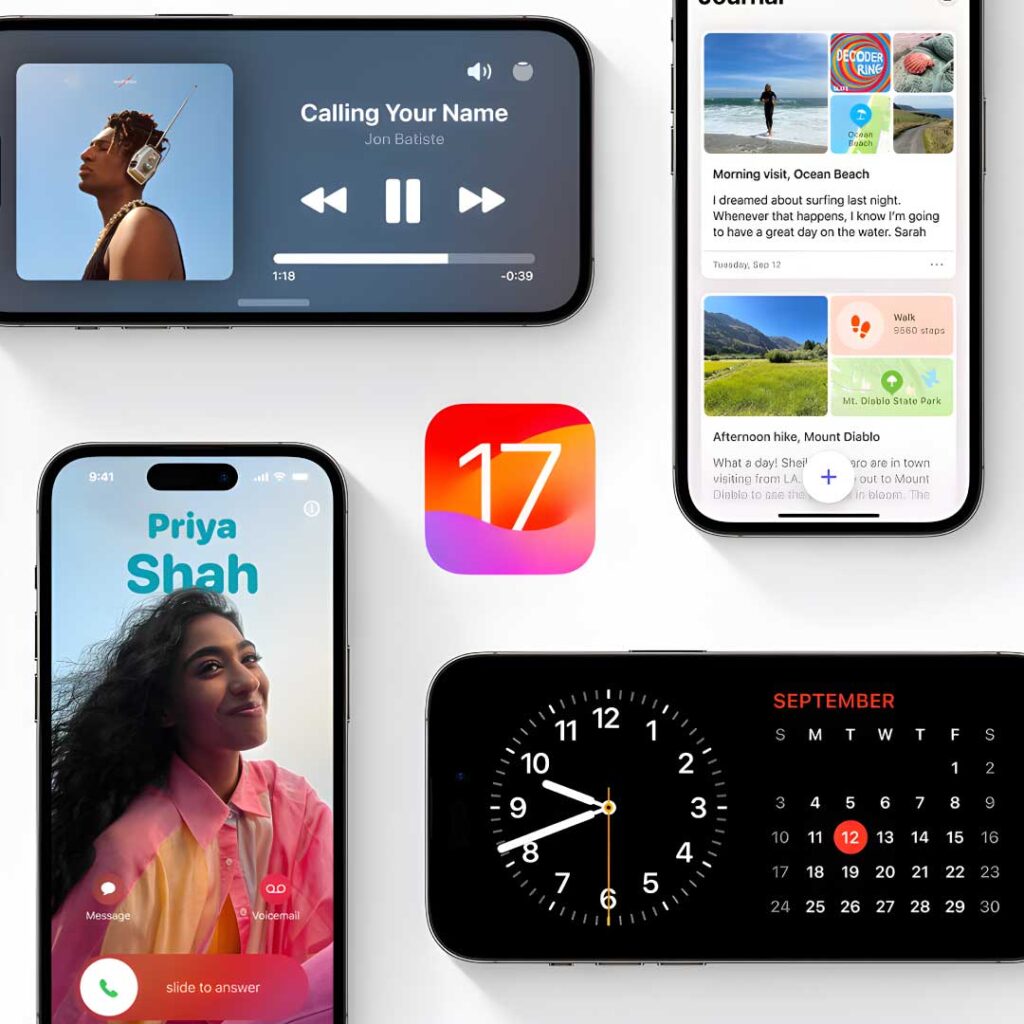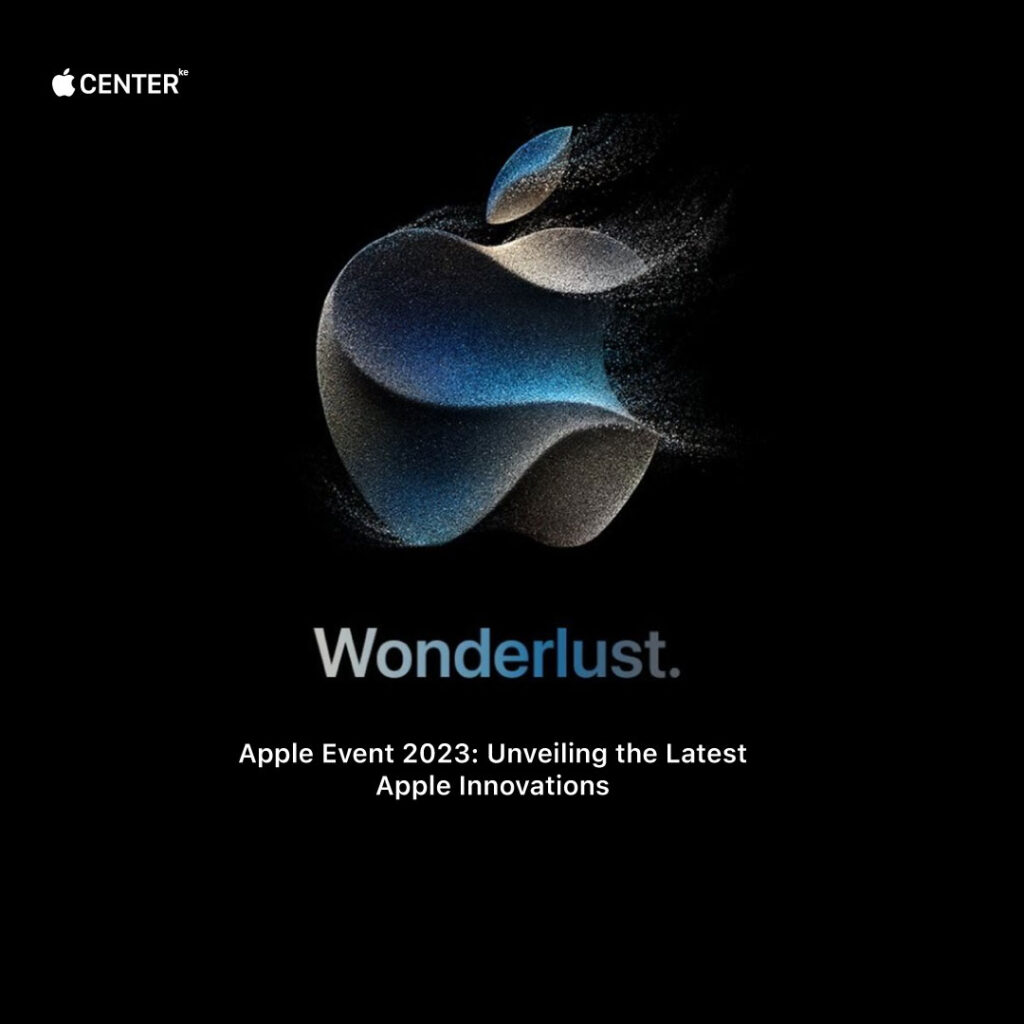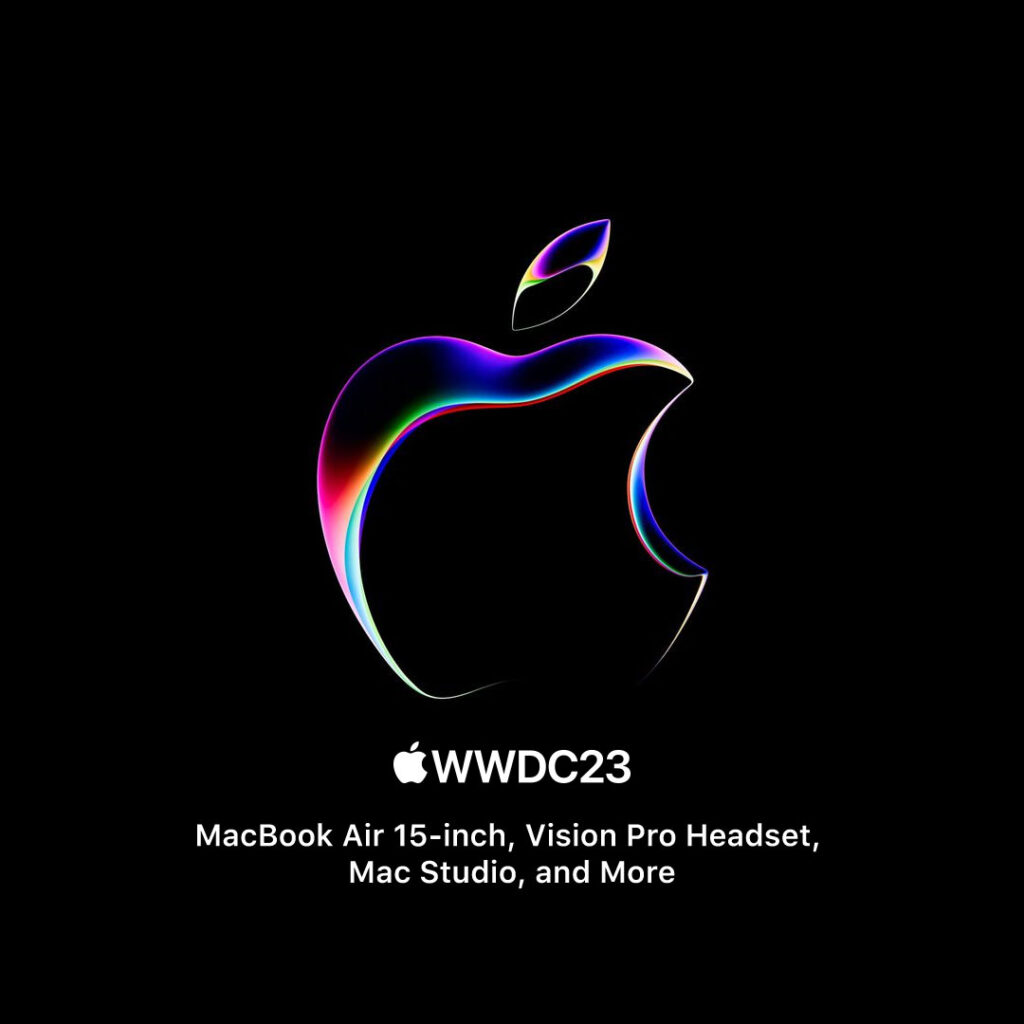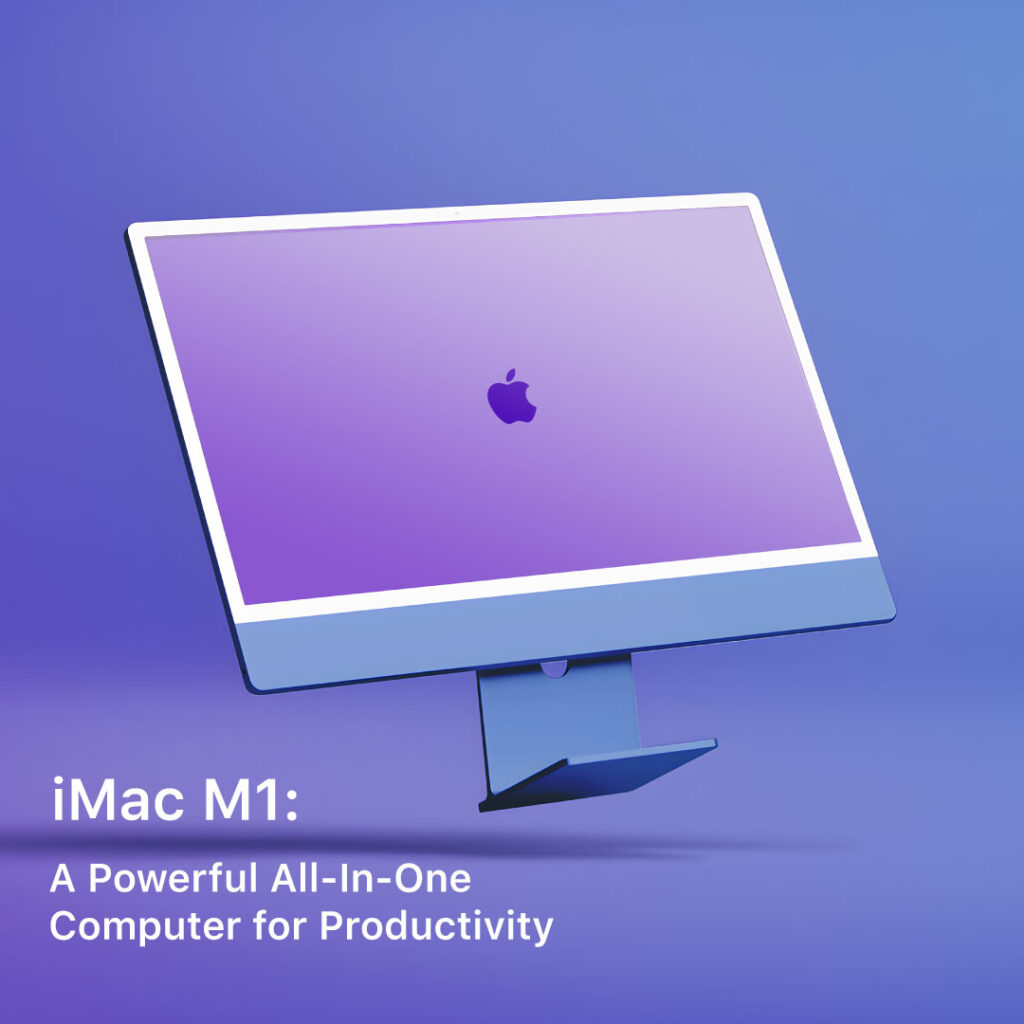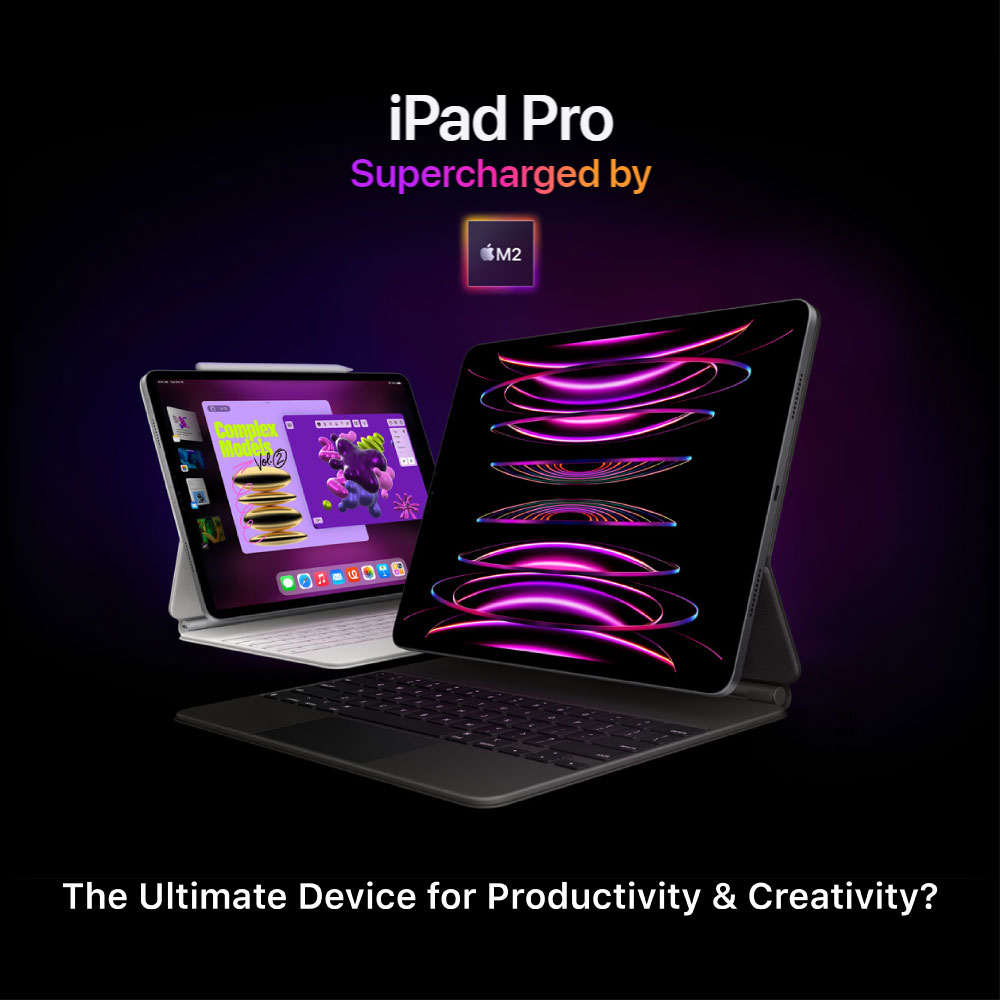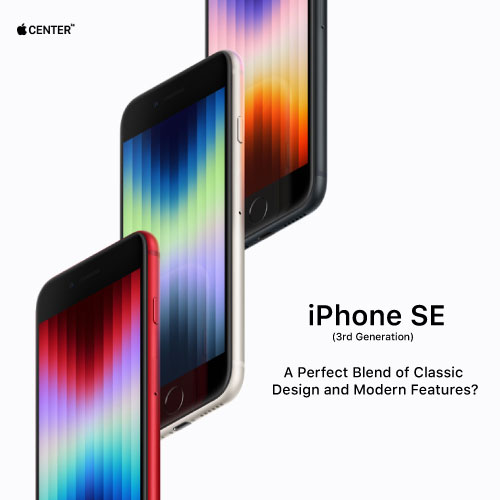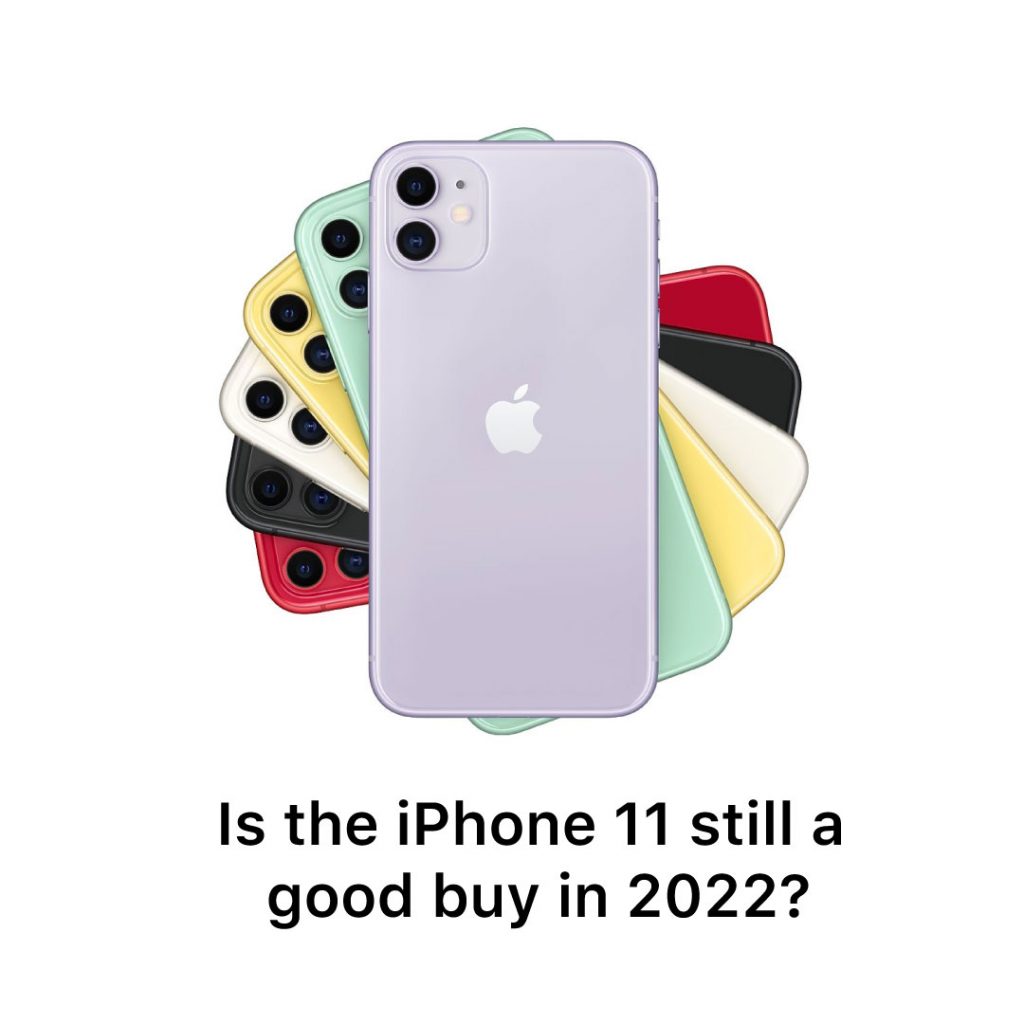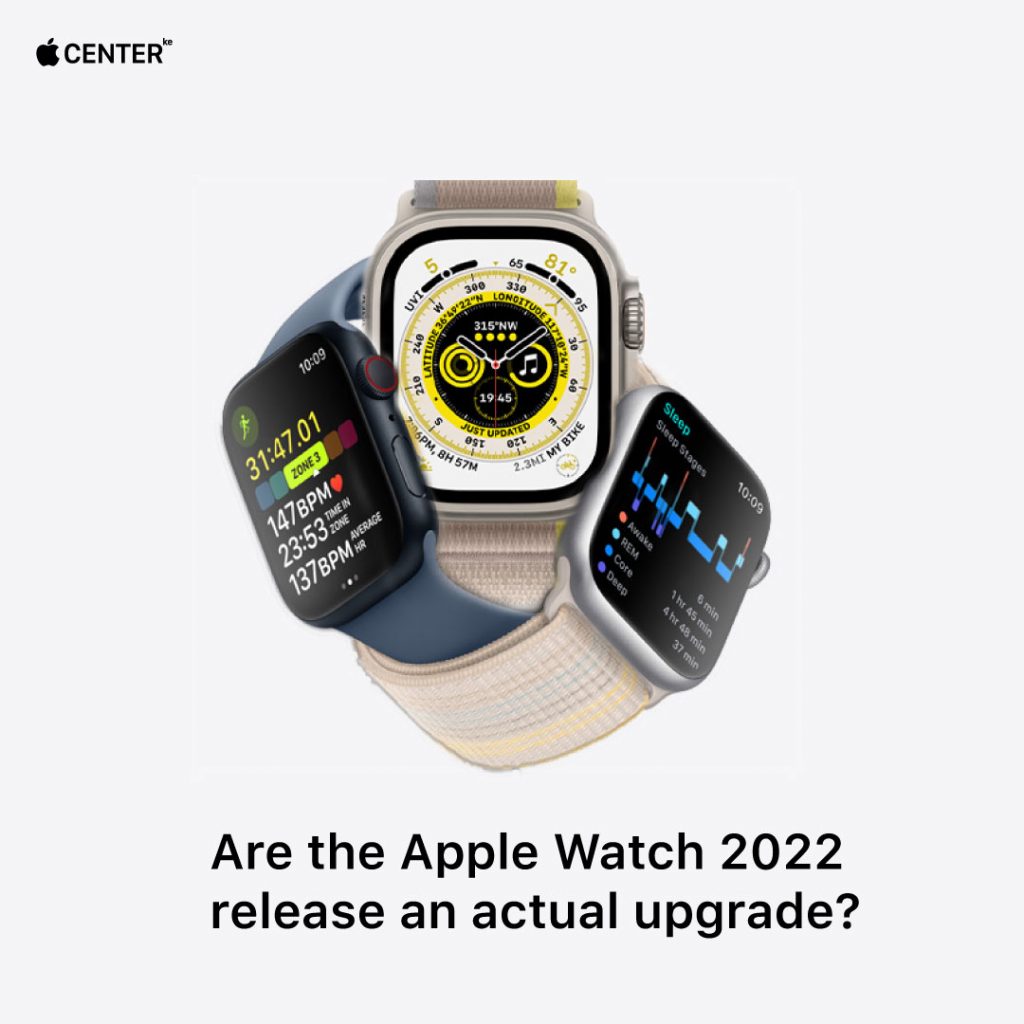The iPhone didn’t just evolve. It rewrote the rules, reshaped culture, and redefined what we expect from the little glass rectangles in our pockets. From the App Store revolution to satellite texting in the wild, every iPhone generation has taken a swing at what’s possible. So whether you’re a nostalgic Apple veteran or considering your first iPhone upgrade in 2025, here’s a full look at the iPhone’s journey, year by year, chip by chip, wow moment by wow moment.
2007: iPhone (Original)

Apple’s first-generation iPhone, launched on June 29, 2007, is where it all started, a phone with no App Store, no copy-paste, and no 3G. Yet it flipped the industry on its head.
A 3.5-inch multi-touch display replaced physical keyboards, introducing gestures like pinch-to-zoom. It had a 2MP rear camera, no front cam, and just 16GB of max storage. But it felt like the future, more pocket computer than phone. It showed the world what a software-centric phone could be, and it kicked off an entirely new era of computing.
2008: iPhone 3G

A year later, Apple addressed the connectivity gap with the iPhone 3G. It added support for 3G networks (obviously), GPS, and most importantly, the App Store. Suddenly, your phone could be a flashlight, a level tool, a game console, or a social media machine. It kept the same 2MP camera and form factor but added a plastic curved back that improved signal and reduced cost. It wasn’t flashy but it changed everything.
2009: iPhone 3GS

The “S” stood for speed, and the iPhone 3GS finally brought performance to match Apple’s ambitions. Apps launched faster, and for the first time, you could record video. Voice control was also introduced, a prelude to Siri. The 3MP camera with video recording made it a hit for everyday creators, and the 32GB variant gave you more room to store media. It was still plastic, still curved, but far more capable.
2010: iPhone 4

An icon. The iPhone 4 introduced the Retina Display — a sharp, vibrant panel that looked far beyond its time. Apple also introduced the front-facing camera, which made FaceTime possible. With a flat glass back and stainless steel sides, it looked premium and felt solid. The 5MP rear camera with LED flash brought low-light photography into the mainstream. Unfortunately, it also had the “Antennagate” drama, grip the phone wrong and your signal vanished. But most people didn’t care. It was the best-looking phone on the market.
2011: iPhone 4S

Visually identical to the iPhone 4, the 4S packed major upgrades under the hood. The 8MP rear camera was a huge improvement, and the A5 chip made everything faster. But the headline was Siri, Apple’s new virtual assistant that let you ask your phone questions out loud. It wasn’t perfect, but it was a huge leap in human-device interaction. It also added iCloud syncing and 1080p video recording, helping users better manage their data across devices.
2012: iPhone 5

Thinner, taller, and lighter — the iPhone 5 moved to a 4-inch screen and added LTE connectivity. It swapped out the aging 30-pin connector for the new Lightning port. With an aluminum unibody, it felt incredibly refined. The A6 chip and improved 8MP camera kept things snappy. For many users, this was the ultimate balance of size, power, and design and it sold like crazy.
2013: iPhone 5S & 5C

Two phones, two philosophies. The 5C was colorful, fun, and affordable with a polycarbonate shell and the internals of the iPhone 5. The 5S, on the other hand, introduced Touch ID, a 64-bit processor, and the now-classic gold color. It made biometrics mainstream and laid the groundwork for serious mobile computing. Touch ID was fast, reliable, and became Apple’s signature for years.
2014: iPhone 6 & 6 Plus

Apple finally caved to the big-screen trend. The iPhone 6 had a 4.7” screen, and the 6 Plus offered 5.5”, gigantic at the time. Rounded edges replaced the flat sides, and the overall design felt slim and modern. Internally, it sported the A8 chip and an 8MP camera with optical stabilization (Plus only). This was Apple playing catch-up in screen size, but the execution was flawless. It became the best-selling iPhone series of all time.
2015: iPhone 6S & 6S Plus
Not just a spec bump, Apple added 3D Touch, which allowed pressure-sensitive screen interactions. Live Photos brought still images to life by capturing a few seconds of video around each shot. The A9 chip was noticeably faster, and the rear camera jumped to 12MP with 4K video. The 6S series quietly became one of Apple’s most beloved models, especially in Kenya where it remained popular for years.
2016: iPhone SE (1st Gen)

Think of it as an iPhone 6S crammed into the smaller, retro-friendly body of the iPhone 5. It had the A9 chip, 12MP camera, and a 4-inch screen. For those who wanted power without bulk, the SE was perfect and it was a hit among users who missed the one-handed iPhone experience. It aged better than expected.
2016: iPhone 7 & 7 Plus

No headphone jack. Cue the controversy. Apple removed the beloved 3.5mm port and called it “courage.” But the real story was water resistance, stereo speakers, and the debut of Portrait Mode on the 7 Plus (thanks to the new dual-camera system). The 12MP cameras were sharper, and the A10 Fusion chip made the phone blazingly fast. It also introduced a new glossy Jet Black color that was gorgeous but a fingerprint magnet.
2017: iPhone 8, 8 Plus & iPhone X

The 8 series felt familiar, glass backs returned to enable wireless charging, and the A11 Bionic chip raised performance. But the real star was the iPhone X. It ditched the Home button, introduced Face ID, and had a stunning edge-to-edge OLED display. The notch sparked debate, but the X was the blueprint for all iPhones that followed. It was expensive. It was flashy. It was the future.
2018: iPhone XS, XS Max, XR

The XS refined the X, better waterproofing, faster Face ID, improved OLED. The XS Max introduced Apple’s largest screen ever at the time (6.5”). The XR offered most of the same experience at a lower price: LCD screen, single camera, but the same A12 chip. It sold incredibly well and became the budget king of that generation.
2019: iPhone 11, 11 Pro & 11 Pro Max

Night Mode arrived. The 11 brought dual cameras and vibrant new colors, while the 11 Pro added a third ultra-wide lens and a matte glass finish. The A13 Bionic chip ran like butter, and battery life was excellent. In Kenya, the iPhone 11 became a go-to for creators and students alike.
2020: iPhone SE (2nd Gen)

Apple returned to the compact form factor in April 2020 with the second-generation iPhone SE, offering flagship performance at an accessible price. It reused the iPhone 8’s 4.7-inch chassis but packed the A13 Bionic chip—the same silicon found in the iPhone 11 Pro. This made it a tiny powerhouse. It retained Touch ID, had a single 12MP rear camera, and skipped Face ID, but was a favorite among budget-conscious users and businesses needing iPhones in bulk. Its familiarity also made it a hit for those upgrading from older models like the iPhone 6 or 7.
2020: iPhone 12 Series

Launched in October 2020, the iPhone 12 series marked Apple’s return to flat-edge design and brought 5G connectivity across the lineup. The iPhone 12 and 12 mini offered OLED screens and A14 Bionic chips at lower price points, while the 12 Pro and 12 Pro Max stepped up with LiDAR sensors, better low-light performance, and ProRAW image capture. MagSafe charging and accessories also debuted, making the back of the iPhone magnetic-friendly. The 12 Pro Max stood out with its massive screen, sensor-shift image stabilization, and creator-focused camera system it quickly became the model of choice for mobile videographers. The 12 mini, however, despite its charm and compactness, struggled with battery life and sales.
2021: iPhone 13 Series

Not a huge visual update, but packed with upgrades: Cinematic Mode for video, A15 chip, smaller notch, and longer battery life. The 13 Pro’s 120Hz ProMotion display was a massive win for smoothness, and macro photography made its debut. It was an iterative update done right.
2022: iPhone 14 & 14 Pro

The base 14 recycled a lot from the 13, but the Pro models got all the love. Dynamic Island replaced the notch with a lively, animated UI element. Emergency SOS via satellite debuted, a literal lifesaver. The A16 chip and 48MP Pro camera pushed performance to new heights.
2023: iPhone 15 Series

USB-C finally replaced Lightning. The Pro models ditched stainless steel for titanium, making them lighter and tougher. The Pro Max got a new periscope-style 5x telephoto zoom lens, and every model saw battery and heat improvements. For Apple, this was the year of refinement and future-proofing.
2024: iPhone 16 & 16 Pro

Launched in September 2024, the iPhone 16 series delivered the A18 chip, improved AI processing, and a new Capture Button dedicated to video and photos. Vapor cooling helped sustain high performance. The bezels were thinner than ever, and camera improvements focused on real-time editing, better HDR, and smarter focus.
What’s Next?
Looking to upgrade your iPhone in 2025? Applecenter Kenya stocks everything from iPhone 13 to iPhone 16 Pro Max. Trade-in, accessories, personalized setup? We got you.
- 📍 Visit us at Rehema House, 6th Floor, Standard Street, Nairobi
- 📞 0722 986 457 / 0735 986 457
- 🌐 Shop now: applecenter.co.ke
Let’s Get Nostalgic
What was your first iPhone? Which one had your favorite design? Hit reply or visit the shop and let’s talk iPhones.
Stay Apple. Stay curious.

